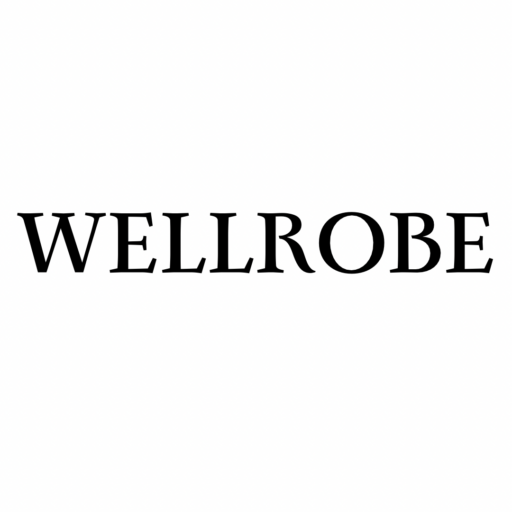Sunscreen is one of the most important yet misunderstood steps in skincare. It’s not just for beach days or sunny afternoons—UV radiation is present year-round, making sunscreen a daily essential. The sun emits two types of rays that affect the skin: UVA and UVB. UVA rays penetrate deep into the skin, contributing to premature aging, wrinkles, and sunspots, while UVB rays are responsible for sunburns and play a key role in skin cancer development. Both types cause long-term damage, making daily SPF protection non-negotiable.
Not all sunscreens are created equal, and the difference lies in their formulation. There are two main types: chemical and mineral. Chemical sunscreens absorb UV rays and convert them into heat, using active ingredients like oxybenzone, avobenzone, and octinoxate. These formulas tend to be lightweight and invisible on the skin, making them a popular choice for everyday wear. However, some chemical sunscreens can be irritating for sensitive skin and may contribute to environmental concerns, particularly with coral reef damage. Mineral sunscreens, also known as physical sunscreens, use zinc oxide and titanium dioxide to create a barrier that reflects UV rays away from the skin. They’re often the go-to for sensitive skin types and are considered more environmentally friendly, though they can sometimes leave a white cast, especially on deeper skin tones.
SPF, or Sun Protection Factor, measures how well a sunscreen protects against UVB rays. SPF 30 blocks around 97% of UVB rays, while SPF 50 blocks about 98%. The key isn’t just the number, but also reapplication—sunscreen should be reapplied every two hours when outdoors and immediately after swimming or sweating. Another important factor to look for is broad-spectrum protection, which ensures defense against both UVA and UVB rays.
Formulation and texture play a big role in how sunscreen fits into a routine. Lightweight gels and serums work well under makeup, while thicker creams are great for dry skin. Tinted sunscreens offer added coverage, and stick formulas are convenient for reapplication throughout the day. Water resistance is another consideration, especially for outdoor activities or workouts.
Despite its benefits, sunscreen remains one of the most neglected skincare steps. A common misconception is that darker skin tones don’t need SPF, but melanin alone isn’t enough to prevent sun damage. Even on cloudy days, up to 80% of UV rays penetrate the skin. Blue light from screens may also contribute to skin damage, making daily sun protection even more essential.
Sunscreen is an investment in long-term skin health. Whether opting for a chemical or mineral formula, the most important factor is consistency. A well-formulated sunscreen should feel comfortable, work with your skincare routine, and be something you actually want to wear every day.
The key to great skin isn’t just what you put on—it’s what you protect it from. Sunscreen is the simplest yet most powerful step you can take for long-term skin health. Whether you prefer chemical or mineral, tinted or invisible, the best sunscreen is the one you’ll wear every day. So, find one that works for you and make it a non-negotiable part of your routine. Your future self will thank you.
Hope you enjoyed this! Xoxo, Dominika

Leave a Reply